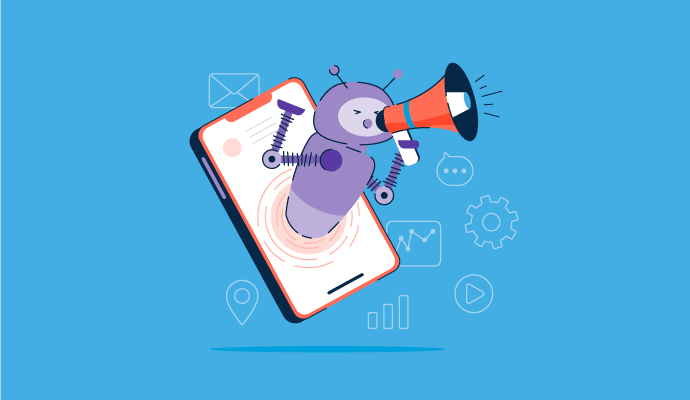What is the trickle-down effect?
The trickle-down effect is a term used in marketing and advertising to describe how fashion trends flow from high-income to low-income people. Broadly speaking, it refers to how new products are costly when sellers first introduce them into the market but become more widely adopted once prices fall over time.
The compelling nature of the trickle-down effect generates exposure and sales for businesses, often at a low or reasonable cost. Social media influencers are one way to employ the trickle-down effect.
Businesses leverage influencer marketing platforms to discover influencers, manage content, and analyze influencer marketing campaigns.
How does the trickle-down effect work?
According to the trickle-down effect, people with more money influence people with less money to adopt new fashion trends. While high-income individuals seek to create or adopt new trends and set themselves apart, low-income people seek to imitate the trends.
The trickle-down effect works when products are compelling, unique, or outstanding in some way, and wealthy individuals share them with the social circles that trust them.
When the trickle-down effect is successful, these marketing advertisements generate exposure and have the potential to increase sales. Businesses may be able to take advantage of a significant return on investment (ROI) for a low or reasonable cost.
Benefits of the trickle-down effect
Businesses can use the trickle-down effect as part of a holistic marketing strategy to their advantage. Some of these include:
- More brand awareness: The trickle-down effect contributes to word-of-mouth advertising of a business or product. This chatter increases brand equity and awareness, especially when influencers attach their names to a brand they love.
- Increased sales: As a result of the trickle-down effect, it’s not uncommon for businesses to see increased sales as their brand and product spread.
- Inexpensive to deploy: Whether through influencer marketing or general word of mouth, the trickle-down effect is generally an inexpensive investment for businesses. In turn, there’s a larger ROI via increased sales and greater brand awareness.
Examples of the trickle-down effect
Kanye West’s partnership with Adidas to launch the Yeezy line is an example of the trickle-down effect in the fashion world. The Yeezy brand created buzz for Adidas, even for products unassociated with West.
Influencer marketing campaigns on social network platforms also reveal the impact the trickle-down effect has on businesses. In 2020, influencer Addison Rae generated over $4 million in Media Impact Value (MIV) on TikTok, according to a Launchmetrics report.
Trickle-down effect vs. trickle-down theory
Despite sharing a name, the trickle-down effect and trickle-down theory in economics are only tangentially related. The trickle-down effect suggests affluent people influence lower-income groups to adopt products and trends as prices fall over time.
The trickle-down theory in economics implies that benefits for the wealthy, such as tax cuts, trickle down to lower earners, boosting economic growth.

Alyssa Towns
Alyssa Towns works in communications and change management and is a freelance writer for G2. She mainly writes SaaS, productivity, and career-adjacent content. In her spare time, Alyssa is either enjoying a new restaurant with her husband, playing with her Bengal cats Yeti and Yowie, adventuring outdoors, or reading a book from her TBR list.




